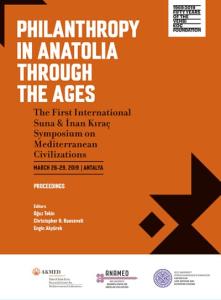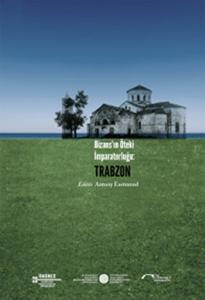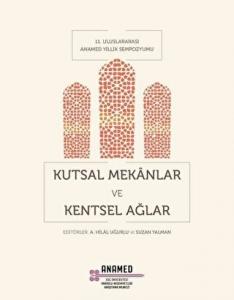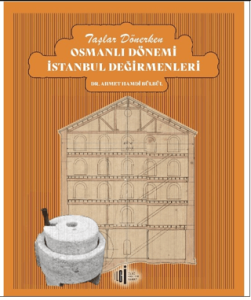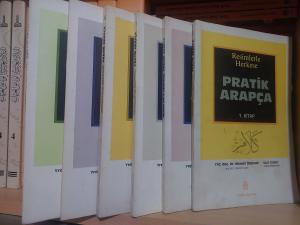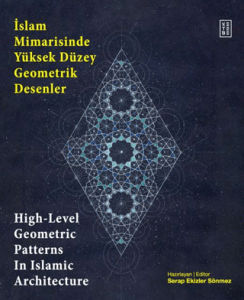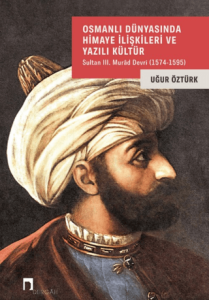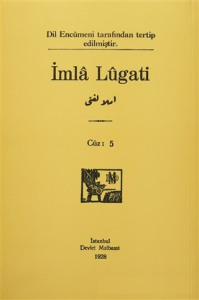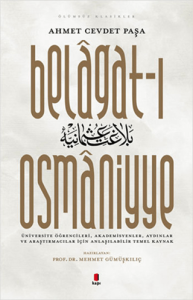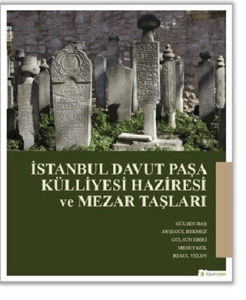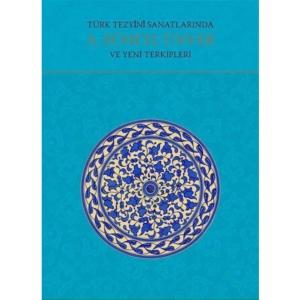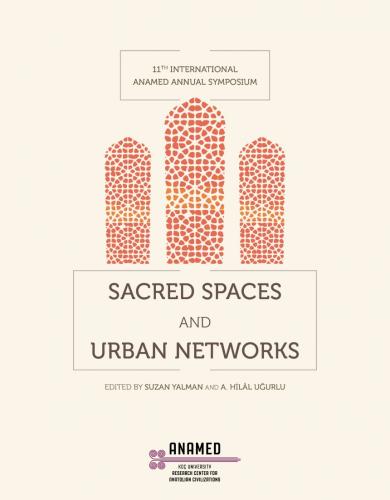
With its history that goes back millennia, Anatolia is studded with sites from different eras that are deemed “sacred.” The collected essays in this volume present diachronic and synchronic studies of Anatolian sacred sites from the medieval period onward that situate them within various spatial, urban, and sociocultural dynamics. Each article explores unique case studies that illustrate the role of human agency in the creative process of transforming awe-inspiring sites into sacred spaces. Collectively, the volume reveals that the magnetic qualities of such destinations create a web of sanctity, as well as a complicated matrix of economic, political, and social relations.
The scholarly contributions published here emerged from the 11th International ANAMED Annual symposium, entitled “Sacred Spaces + Urban Networks” and held at Istanbul’s Koç University Research Center for Anatolian Civilizations (ANAMED) in 2 December 2016. This symposium brought together prominent scholars in the field and former fellows of the research center, including the volume’s editors. While our initial goal was to explore different layers of sacredness in Anatolia, ultimately, the volume sheds light on parallels among case studies and presents the connectedness between these layers.
With its history that goes back millennia, Anatolia is studded with sites from different eras that are deemed “sacred.” The collected essays in this volume present diachronic and synchronic studies of Anatolian sacred sites from the medieval period onward that situate them within various spatial, urban, and sociocultural dynamics. Each article explores unique case studies that illustrate the role of human agency in the creative process of transforming awe-inspiring sites into sacred spaces. Collectively, the volume reveals that the magnetic qualities of such destinations create a web of sanctity, as well as a complicated matrix of economic, political, and social relations.
The scholarly contributions published here emerged from the 11th International ANAMED Annual symposium, entitled “Sacred Spaces + Urban Networks” and held at Istanbul’s Koç University Research Center for Anatolian Civilizations (ANAMED) in 2 December 2016. This symposium brought together prominent scholars in the field and former fellows of the research center, including the volume’s editors. While our initial goal was to explore different layers of sacredness in Anatolia, ultimately, the volume sheds light on parallels among case studies and presents the connectedness between these layers.

